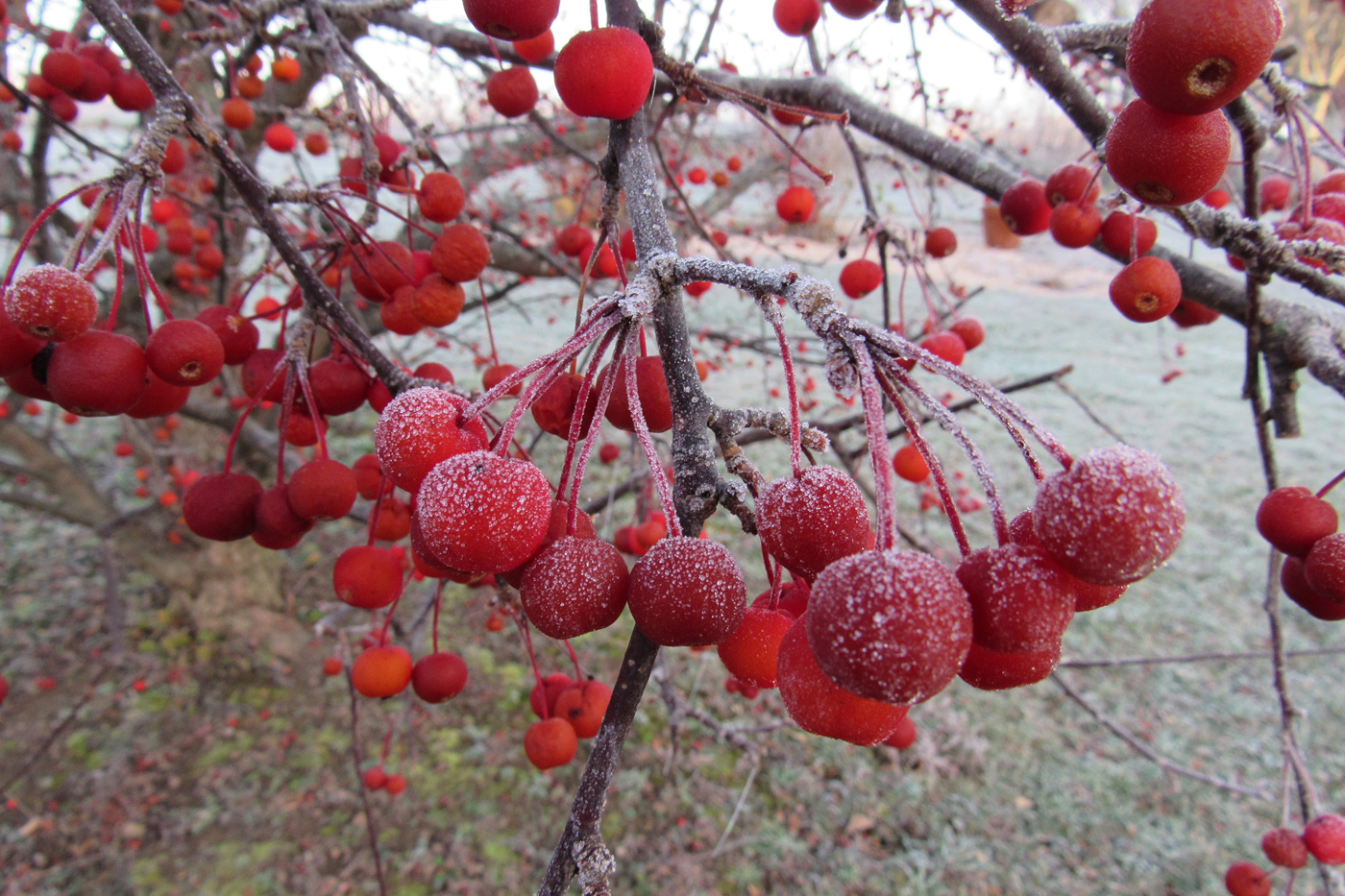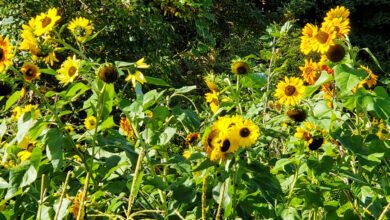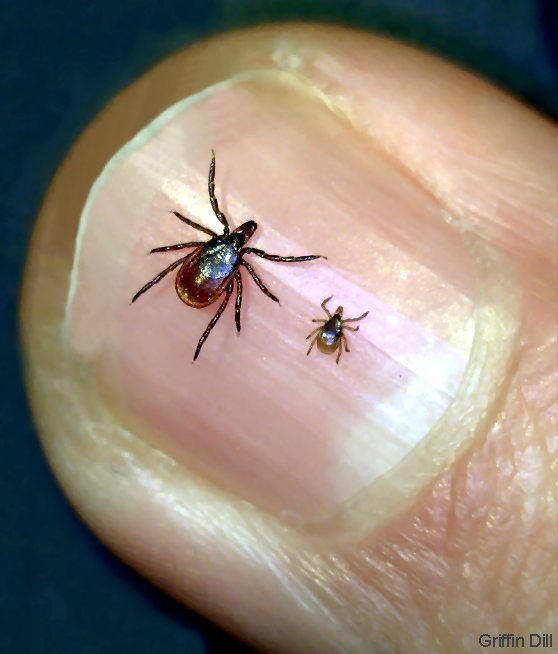Many factors affect first frost dates

The first killing frost brings an end to the growing season, but many areas this fall were frost free right through much of October.
David Thomas, general forecaster for the National Weather Service in Buffalo, says there are not many climatic facts on frosts, as it is a multi-variable dependent, meaning there is no easy way to look back in the record books.
Thomas explains there are numerous variables which go into frost formation which include, “temperature – usually in the mid to upper 30s and the length of time within this range; wind – a windy night with temperatures in the 30s may not produce frost; and cloud cover – like wind, a cloudy night – especially low clouds – may prevent frost formation even with mid 30 temperatures.”
Sometimes people will refer to the first frost occurring with a temperature around 36 to 38 degrees Fahrenheit, Thomas says. “Again, frost is dependent on more than temperature, but usually (occurs) this time of year when the temperature drops into the mid/upper 30s with clear skies and light winds.
Using 37 degrees Fahrenheit and data from the Rochester Airport, Thomas said the earliest recording of 37 degrees Fahrenheit was August 30, 1965. The latest recording of 37 degrees Fahrenheit was October 31, 1938 – making the mean date for 37 degrees F October 3.
Thomas provided his figures on October 27, 2017.
Data shows there have been periods with late first readings of 37 degrees F – or later than normal frosts, Thomas says.
“Since the first frost, and seasonal or yearly mean temperatures are not directly related, it’s hard to determine if frost has been occurring later than in the past. Looking at just the first occurrence of 37 degrees F, this value has been occurring about 4 days later (using an average of 2000-2017) and comparing it to overall, which is from 1872. Thus, one could conclude that the growing season since the year 2000 has been a bit longer than in the past,” he observes.
Lake Ontario helps to moderate the climate of our area, Thomas says. Temperatures near the lake at this time of year are a few degrees warmer, while some inland valleys are typically cooler and see frost first.
“It has been a warm fall – especially since mid-September – and we have not had any extreme cold blast to produce widespread hard frost/freeze, (as of October 27)” Thomas said.





